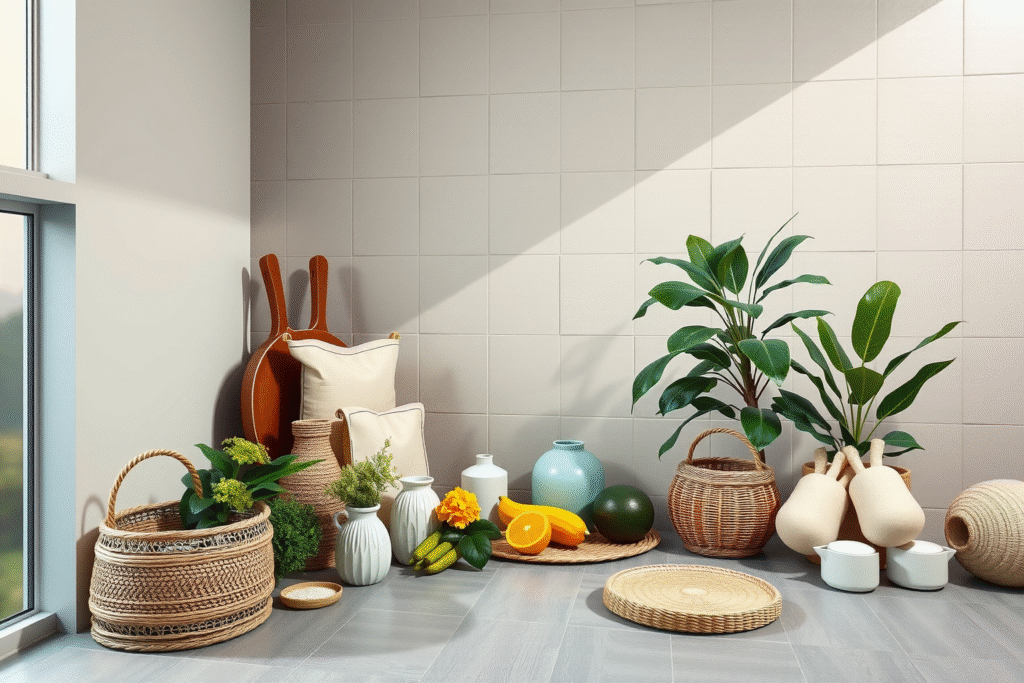Plastic waste is a growing concern as it is one of the most problematic environmental pollutants, posing a threat to the health and safety of people, wildlife, and the Earth. With increased focus on sustainable living, more and more people are realizing the necessity of reducing their plastic use. But going plastic-free can be a daunting proposition. To help you embrace a plastic-free lifestyle, here are some tips and tricks you can adopt.
Why Go Plastic-free?
The negative impacts of plastic on the environment and people’s health are well-documented. Plastic pollution destroys the natural beauty of the planet, disrupts aquatic life in oceans and rivers, and harms wildlife. Chemicals found in plastics, such as BPA, have been linked to several health issues in humans, including hormonal disruptions, obesity, and fertility issues.
By reducing or eliminating your reliance on plastic products, you can reduce your carbon footprint and help to create a healthier environment for all.
Transition from Plastic to Sustainable Alternatives
To start your plastic-free journey, you need to focus on reducing your use of plastic products. Replace single-use items – like food storage bags, plastic wraps, silverware, and straws – with reusable or biodegradable alternatives. Investing in a set of reusable stainless steel or glass cups, plates, and straws can be a great way to cut down on plastic use.
You can also look for products made of alternative materials, such as bamboo or paper, which can replace many common plastic items. Many household goods, including cleaning products and personal care items, can also be found in plastic-free, low-waste packaging.
Shopping Smart: Making Better Choices
Making more sustainable choices when you shop is another great way to reduce your plastic use. Look for products with minimal or biodegradable packaging. Many health food stores carry bulk items that you can buy without the need for plastic packaging, reducing your impact on the environment. If you can’t find a sustainable alternative to a plastic item you need, consider purchasing in bulk to minimize the amount of plastic you need to dispose of.
Recycle, Repurpose, and Reuse
When it comes to the plastic items you already own, there are a number of ways to repurpose or recycle them. Consider upcycling old food containers, bags, or packaging into new items, or look for creative ways to use them around your home. If something can’t be reused, be sure to properly recycle it to reduce the amount of plastic in landfills and the environment.
Advocate for Change
Last but not least, it’s important to advocate for change in your community and beyond. Encourage local businesses and organizations to adopt more sustainable practices, such as phasing out single-use plastics. Join local, regional, or national environmental groups to help facilitate the move to a plastic-free world. And remember, sharing information among family and friends can help spread awareness and accelerate the transition to a more sustainable and plastic-free world.
By taking these steps and embracing a plastic-free lifestyle, you can make a positive impact on the environment and the health of the planet. With a little bit of effort, anyone can reduce their plastic use and help create a brighter, cleaner future.





